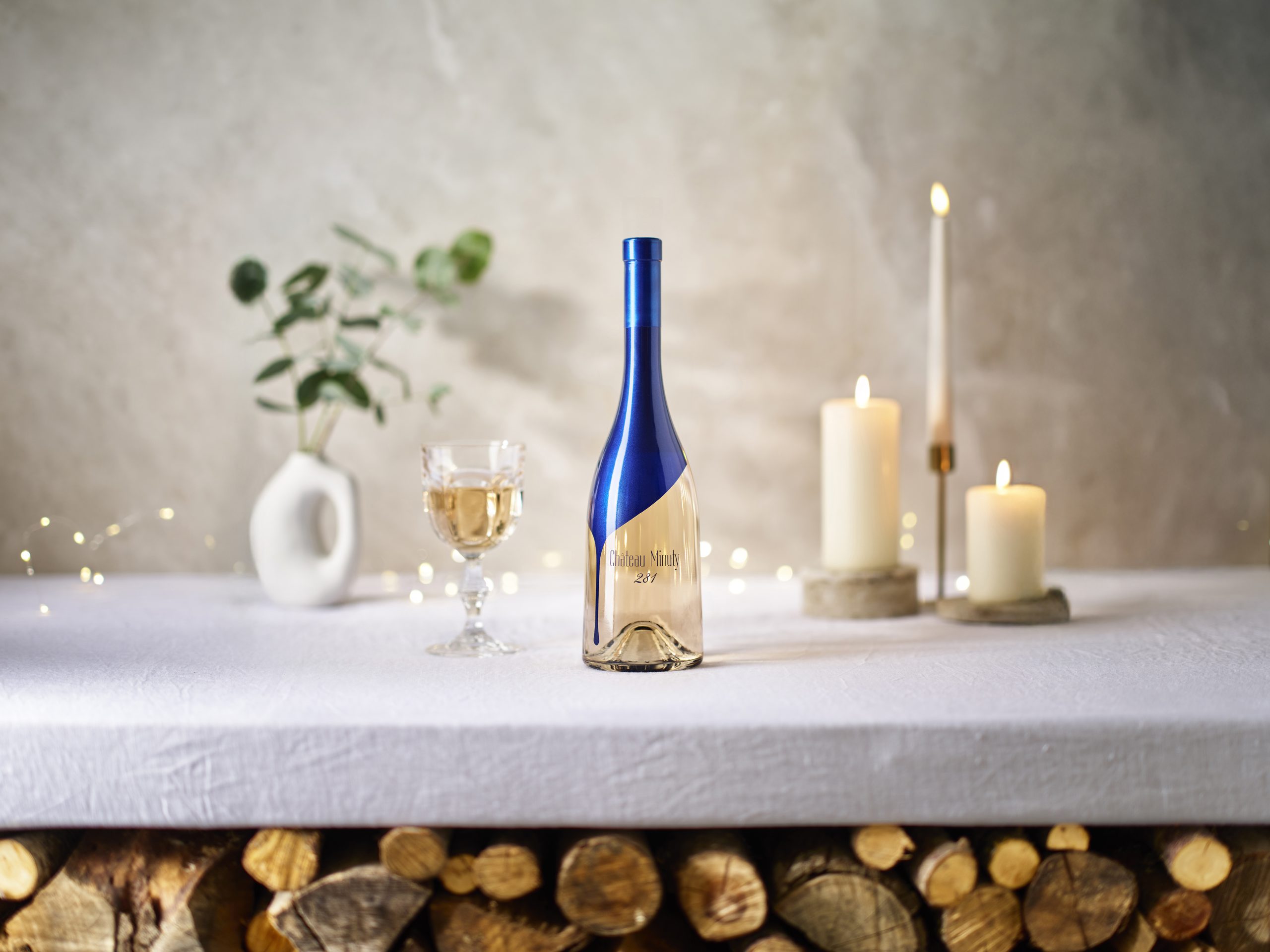DP puts more into long-term storage than ever before
Dom Pérignon is increasing the proportion of Champagne held back for extended ageing in its cellars, or Oenothèque.
Speaking at the London launch of the iconic brand’s 2002 vintage this week, chef de cave Richard Geoffroy said that he was “pushing the idea that we must keep the fraction of Oenothèque growing”.
“Why not get the proportions of vintage and Oenothèque the other way round, get it leading,” he mused, in the brand owner Moët Hennessy’s ballroom in Belgravia.
However, having explained that “more 2002 will go into Oenothèque than ever before,” he said “a sensible aim to me would be 10%.”
Considering Dom Pérignon production in any vintage is estimated at 150,000 cases – or 1.8 million bottles – 10% would represent an impressive 180,000 bottles designated for Moët’s special long-term storage cellar.
Richard also used the occasion to introduce Dom Pérignon’s latest release from its Oenothèque, the 1996 vintage, having unveiled the 2002 to UK press and sommeliers.
He described the Oenothèque concept, begun with the 1990 vintage, as “the opening of our cellars to wine lovers,” adding that the difference between Oenothèque Dom Pérignon and the conventional vintage release is both the yeast maturation and dosage.
Compared to Dom Pérignon 1996 vintage, the 1996 Oenothèque has spent a further six years in contact with its lees and has a dosage of 5 grams per litre, half that of standard vintage Champagne in that year.
Interestingly, dropping the dosage for the late-disgorged Oenothèque Champagnes has encouraged Geoffroy to reduce the sugar levels in the rest of the Dom Pérignon wines.
“There has been a strategy of lowering the dosage in the last 10 years and we are now between 6 and 7 g/l.”
The Champagne house will not be making its wines any drier, however, as Geoffroy is convinced he has found the optimum level.
Speaking of the two vintages, 2002 and 1996, he said, “2002 is a great vintage in Champagne, it is good across the board, as opposed to 1996, which is such a mixed bag.”
Controversially he described the latter vintage as “disappointing” and said that “those with heavy black grape blends have gone,” referring to a premature oxidation, while, in contrast, “the blanc de blancs are not even open”.
Partner Content
Returning to 2002, he called it a “ripe year, reminiscent of 1990,” and said the Dom Pérignon expression was “more giving and approachable than other vintages at first release.”
Continuing he pondered: “Maybe it has the richnesss of ’47 or ’76, but it’s a less overt richness, a more sophisticated richness.”
“2002 is the closest to an ideal at Dom Pérignon,” he concluded on the vintage.
Geoffroy also discussed the glassware chosen for the tasting of the new Champagnes. Having selected the Riedel Vinum Chianti glass he said: “For the past seven to eight years we have been dropping flutes in favour of Riedel glassware.”
The larger glasses improve the nose and mouthfeel of Dom Pérignon he said, and “one signature of Dom Pérignon is mouthfeel, so the glass must do it justice,” he stated.
Continuing he explained, “You taste what you see and a flute is narrow and tight.”
Although he said that the Riedel Chianti glass was big enough, in March this year when Geoffroy came to London to launch Dom Pérignon’s first mature vintage rosé from its Oenothèque collection – a 1990 – he chose the Riedel Vinum Extra Large Pinot Noir for the wine.
Referring to Dom Pérignon rosés in particular, on this week’s occasion he said that the wines, when served in a flute are “cramped, twisted; it is totally awful”.
However, he also warned, “The truth is that if you put a lesser wine into these glasses [Vinum Extra Large Pinot Noir] it gets totally lost, it spreads the substance, and it can be spread too thin, and you’re left with a hole in the middle.”
Click here to watch our video interview with Geoffroy at the unveiling of the Dom Pérignon 2002 vintage in London.
For more on the impact of the choice of glassware on taste see the interview with Georg Riedel in July’s issue of the drinks business, page 65.
Patrick Schmitt, 15.07.2010




